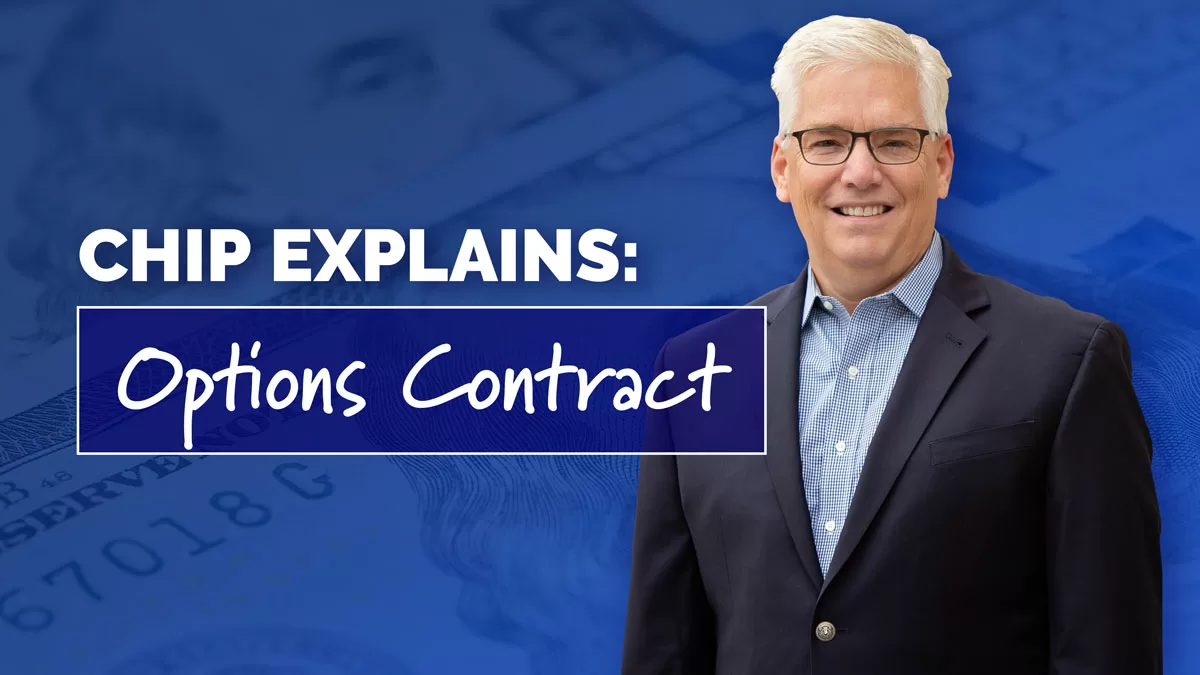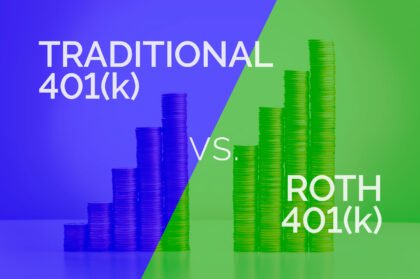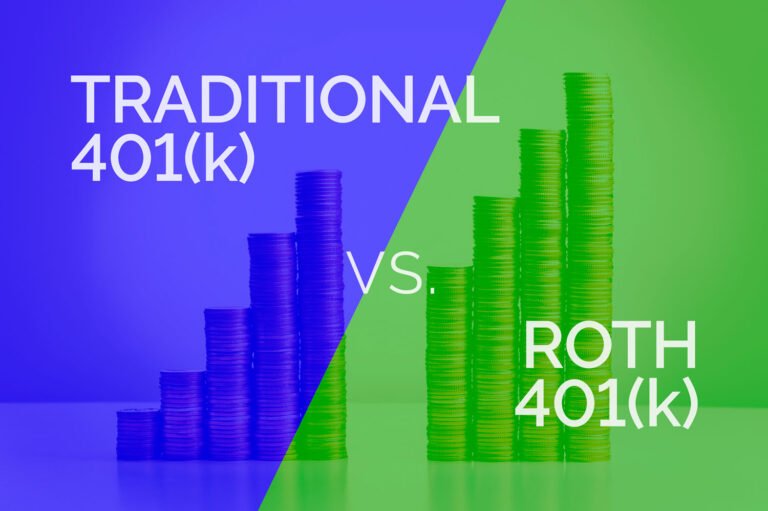Hello, financial code-breakers! Today, we’re venturing into the world of “Options Contracts.” It might sound like a mysterious code, but fear not—we’re decoding it into plain financial language. Think of options contracts as a versatile tool in your financial toolbox, offering unique opportunities and strategies. Let’s unravel the secrets of options contracts.
Table of Contents
Options Contracts: The Financial Flexibility Tool
Imagine options contracts as the Swiss Army knife of the financial world. They provide users with a range of strategic tools to manage risk, enhance returns, and navigate market volatility. It’s like having a dynamic toolkit that adapts to various financial scenarios.
Key Components of Options Contracts
- Call Options: A call option is like holding a ticket to buy an asset (such as stocks) at a specified price (strike price) before or at the option’s expiration date. It’s akin to having the right, but not the obligation, to purchase a ticket to an event at a fixed price.
- Put Options: On the flip side, a put option is like holding a ticket to sell an asset at a specified price before or at the option’s expiration date. It’s like having the right to sell your event ticket at a guaranteed price, regardless of the actual market value.
- Strike Price: This is the pre-determined price at which the option allows you to buy (in the case of a call option) or sell (in the case of a put option) the underlying asset. It’s like having a fixed rate for your event ticket.
- Expiration Date: Options contracts have a limited lifespan. The expiration date is like the deadline for using your event ticket. If you don’t exercise your option by this date, it typically becomes worthless.
Why Options Contracts Matter
- Risk Management: Options contracts offer a way to manage risk by providing a level of protection against adverse price movements in the underlying asset.
- Income Generation: Traders can generate income by selling options contracts. It’s like renting out your event ticket for a premium.
- Enhanced Returns: Options trading strategies can be used to enhance returns by leveraging market movements. It’s like amplifying the value of your event ticket based on market conditions.
- Portfolio Diversification: Including options in your investment strategy can add diversification, similar to incorporating different assets into your portfolio.
Common Options Strategies
- Covered Call: This strategy involves holding a long position in an asset and selling a call option on that asset. It’s like owning an event ticket and selling the right for someone else to use it.
- Protective Put: Investors can buy a put option to protect against a decline in the value of an asset they already own. It’s like having insurance for your event ticket, ensuring a minimum value.
- Straddle: This involves buying both a call option and a put option with the same strike price and expiration date. It’s like buying tickets for both sides of an event, anticipating a significant price movement.
Risks and Considerations
- Limited Life Span: Options contracts have an expiration date, and if the anticipated price movement doesn’t occur within that time frame, the option may expire worthless.
- Market Volatility: Options prices can be influenced by market volatility. Rapid price changes can impact the value of options contracts.
- Complexity: Options trading involves a level of complexity, and it’s important for investors to thoroughly understand the strategies they are employing.
In Conclusion
Options contracts are the versatile tools in your financial toolkit, offering strategic opportunities to manage risk, enhance returns, and navigate market dynamics. By understanding the basic components and potential strategies, you can unlock the power of options contracts and incorporate them into your financial repertoire. Happy decoding!


